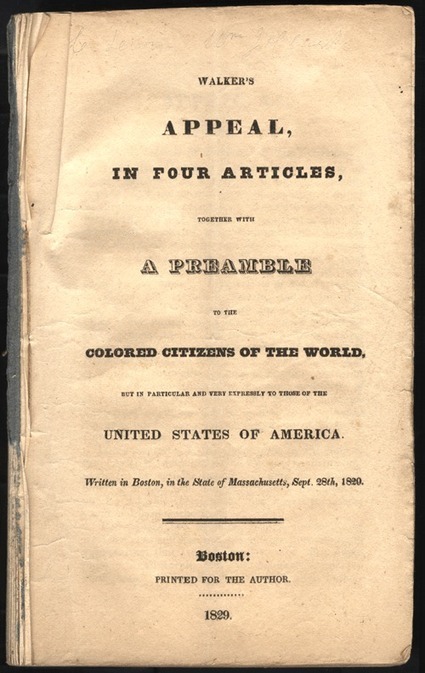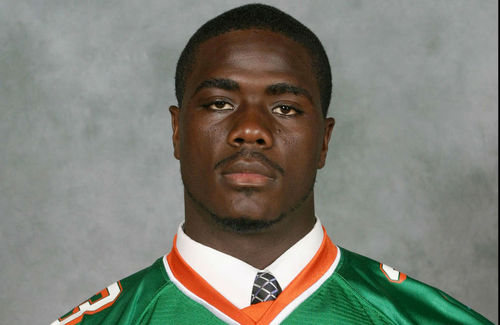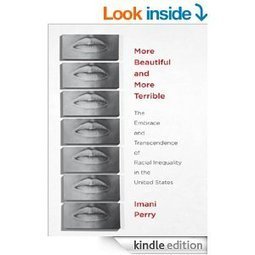http://blumberger.net/wp-content/plugins/upspy/up.php James Baldwin once said that “America is one tough town.” Those words came back to me as I thought of what is going on these past few weeks in Ferguson, Missouri. So much of the focus has been on the issue of a white police officer killing a young black man, Michael Brown, but almost nothing is said about the environment that creates these types of scenarios that are becoming all too familiar in describing the state of racial relations in the United States, particularly how they negatively impact African Americans. Often, when the issue of a racial divide arises or is even intimated, denial and shock quickly fills the room, as was evidenced in the past two days when an all white male Fox News panel showed disdain for Capt. Ron Johnson (who is Black) for sympathizing with the African American community over the killing of Michael Brown. Bo Dietl, immediately said, “We’re dividing black and white again. America has no color, it’s all one color.” So often times I have wondered…so, what is that ‘one color’ and what would it mean if we did see color?
Soon afterwards, the mayor of Ferguson declared that “There’s not a racial divide in Ferguson.” One of the great myths in this country is that if we say that ‘everything is fine’ loud and long enough, the problem will go away. This is perhaps because as someone once said, “When the truth becomes too hard to bear, we create another.”
So what kinds of environments, attitudes, and behaviors ‘create’ a racial divide? First of all, having an almost all white police force creates an ‘ethnic vacuum’ that shields the white officers from ever having to see outside their ‘white bubble’ or to get feedback on their actions and attitudes from someone who is non-white. Another is never interviewing officers prior to hire to see if they possess any racial prejudices towards any particular group of people and how that might heighten their perceptions and feelings of distrust and fearing for their safety. This may explain why so many blacks are shot repeatedly, sometimes over twenty times.
– Click through for more –
Source: www.stirfryseminars.com









